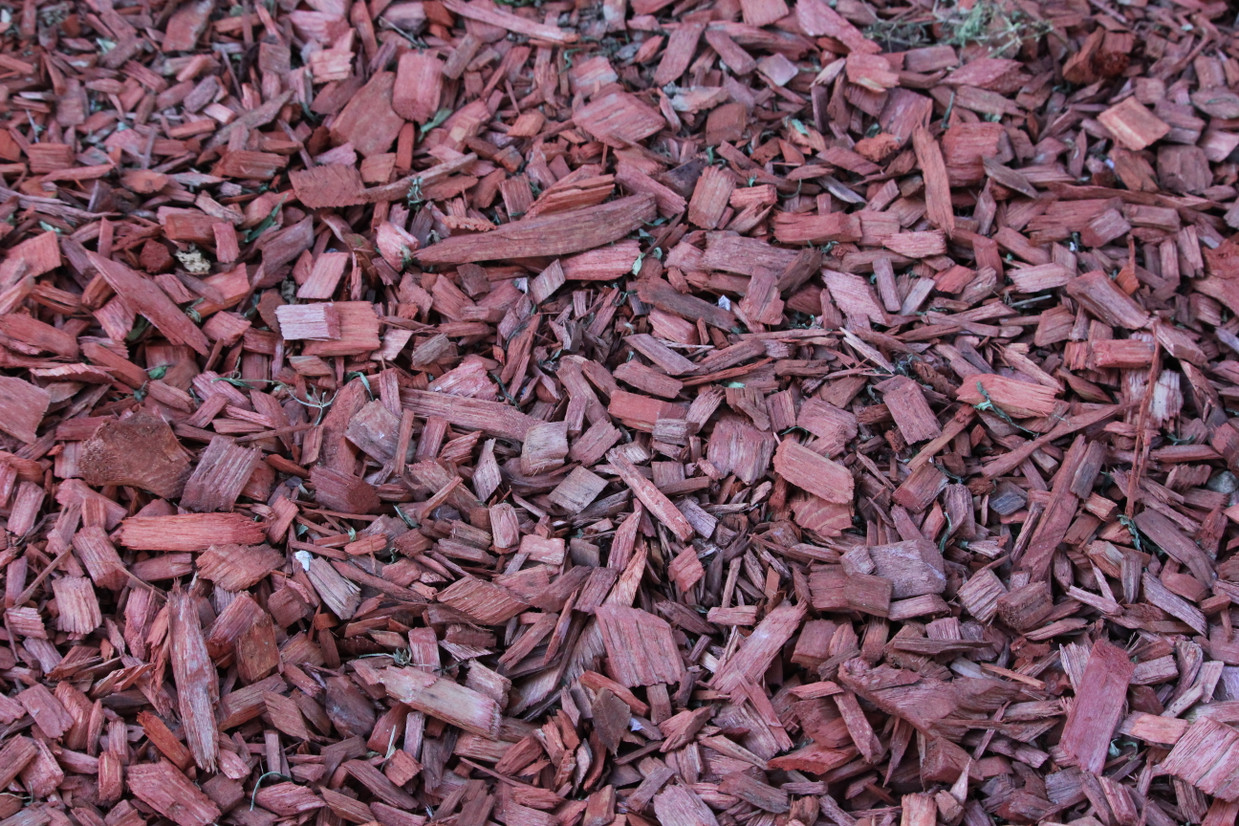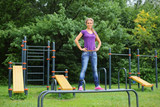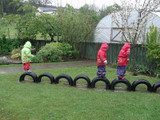Choosing A Playground Footing
There are many different options for playground footing, but no single option is the best solution for every playground. When choosing which footing to use, it is necessary to consider climate, safety, and accessibility, ease of maintenance, along with overall price. Here is a list of popular choices for playground footing as well as a few considerations for each. When considering any “loose form” footing option (including sand, pea gravel, mulch, etc.) the National Safety Council requires a depth of 12 inches for a 6 foot fall zone. Keep this in mind when choosing your footing, as well as the height of your playground equipment.
Sand
Sand has been a popular choice for playground footing for many years. It’s low cost and durability makes it an attractive option. However, there has been some concern about the possible harm of inhaling sand, especially if it is silica-based sand, which is linked to many diseases, including cancer. Because of this, it is important to use high quality silica-free sand that is not dusty to reduce inhalation risk. Sand may also attract animal waste and is harder to keep clean than other options.
Pea Gravel
Pea gravel is most appreciated for it’s attractive natural appearance. It is also more sanitary than sand and drains faster after rain. On the other hand, pea gravel can pose a choking hazard for younger children.
Wood Mulch
Also known as “Engineered Wood Fiber”, wood mulch is used by approximately 75% of playgrounds in the United States. This choice is popular for many reasons. Once settled, it forms a surface that is springy enough to cushion falls, but firm enough to support strollers, wheelchairs, and other mobility devices. Additionally, water passes quickly through wood mulch, making the playground accessible immediately after rainfall. Like pea gravel, wood mulch also offers an attractive natural appearance.
Rubber Mulch
Using rubber mulch, most commonly derived from recycled tires, is becoming a more popular choice for playground footing. It can be dyed to match swing seats or slides. However, rubber mulch may not be an appropriate choice for warmer climates as it can reach very high temperatures in direct sunlight. An additional concern is the possibility of toxins in recycled rubber materials.
Direct Pour Rubber/Rubber Tiles
Direct pour rubber is usually comprised of two layers applied to a play area by professionals, making it a more expensive, yet more customizable option. Rubber tiles are an easier-to-install option that creates a similar result. The smooth surface created provides excellent cushioning as well as easy access for mobility devices. It is easily cleaned and long lasting. In addition to being a more costly option, smooth rubber surfaces may also pose an issue with reaching high temperatures in warmer climates.
Recent Posts
-
Parent's Guide To Working Out At the Park
When you become a parent, any “you-time” quickly becomes time for your kids. It is easy to fall
-
Creative Uses For Recycled Tires On Your Playground
As discussed in our last post, recycled tire mulch is becoming a popular choice for playground foot



